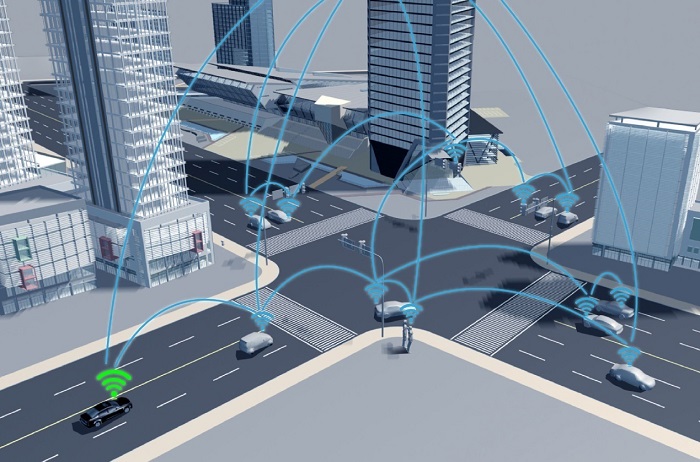The transportation industry is constantly evolving to provide safer, faster, cleaner and more comfortable commutes. The next big industry shift is coming, and the Internet of Things will lead the way. The potential of the Internet of Things is inspiring a wave of smart cars and connected infrastructure.
The global smart transportation market is expected to reach USD 262 billion by 2025, thanks to the value of IoT, which has improved almost every aspect of the industry.


Assisted driving
One of the most promising features of IoT in transportation is its security potential. Smart transportation using the Internet of Things will consist of cars communicating with each other, which will improve assisted driving functions and ensure driver safety.
With communications powered by IoT, vehicles will have real-time data about everything else on the road. This information will then allow the car to brake or swerve if necessary to avoid a collision. Assisted driving features are already used in many vehicles, but the interconnectivity of IoT will make them even more accurate.
This connectivity is also key to self-driving cars. Vehicles can navigate more efficiently if they can connect to other vehicles and the infrastructure around them. Without the Internet of Things, safe and reliable autonomous vehicles would not be possible.
dynamic navigation
The improved navigation provided by IoT is also useful for human drivers. Many people rely on GPS for navigation, and IoT devices in vehicles can make these systems even more useful. Cross-vehicle communication will allow navigation systems to take into account real-time changes, such as blockages or traffic jams.
GPS systems can be slow to adapt to changes in traffic, but IoT navigation provides real-time feedback. Hazards along the way can change instantly, so drivers need dynamic navigation to avoid them. This application helps people work faster and be safer.
Fluid navigation is particularly useful for services such as environmental waste transportation. Traffic accidents are the leading cause of leaks, so these drivers need to avoid dangerous traffic situations. IoT navigation can help them avoid traffic jams or places with high accident rates.
Optimize maintenance
Have you ever had to change your engine oil and end up with a lengthy repair bill? If so, you know the importance of regular vehicle maintenance. Many drivers don’t know when to have their car inspected or what to look for, and IoT can help.
IoT-based predictive maintenance improves traditional methods by emphasizing immediate repair needs. IoT devices in cars can measure the performance of different parts of the car. It can then warn the driver when something needs attention.
This instant feedback allows the driver to make repairs before more damage occurs. Using data from these devices, automakers can also see if there are any common problems in their vehicles. They can then use this information to build more reliable cars in the future.
fleet management
The widespread integration of IoT in transportation will be particularly valuable to fleet owners. Any company that owns or operates a fleet of vehicles needs to know where and how their vehicles are traveling. IoT devices meet this need.
The most obvious application of IoT in fleet management is vehicle tracking. With smart transportation, managers can see the location of trucks in real time. These devices not only track and report location;
IoT devices offer advantages such as weather analysis to help drivers troubleshoot potential malfunctions. Fuel economy tracking will help fleet managers monitor daily expenses such as gas and maintenance costs. These features help businesses save money and provide faster delivery to customers.
It’s safe to say that IoT will revolutionize transportation over the next decade, with connected cars quickly becoming the norm. When this transformation occurs, roads will become safer and more convenient places for everyone.